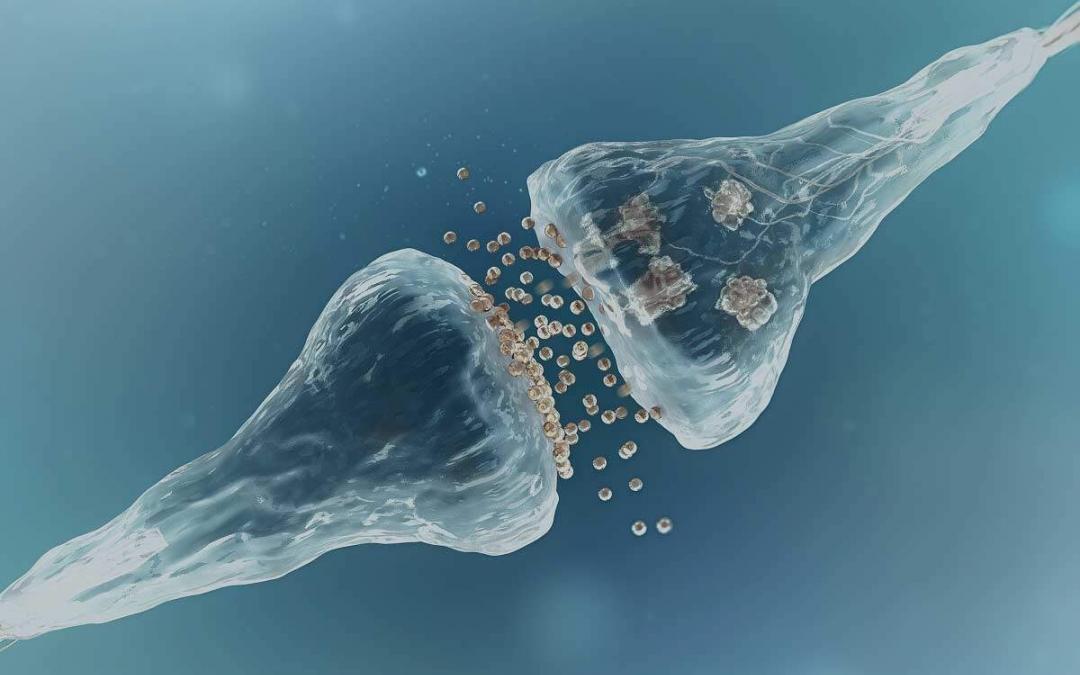
by Cleanroom Connect Editor
A new reagent discovered by research scientists at St George’s, University of London has shown real-time brain behaviour in more detail than ever before.The sensor, iGluu, will now be made available to other researchers who may be working on either the fundamental properties of neuronal signalling or on neurodegenerative disease such as Huntington’ and Alzheimer’s disease. The sensor will help reveal what goes wrong with glutamate signalling in these conditions.
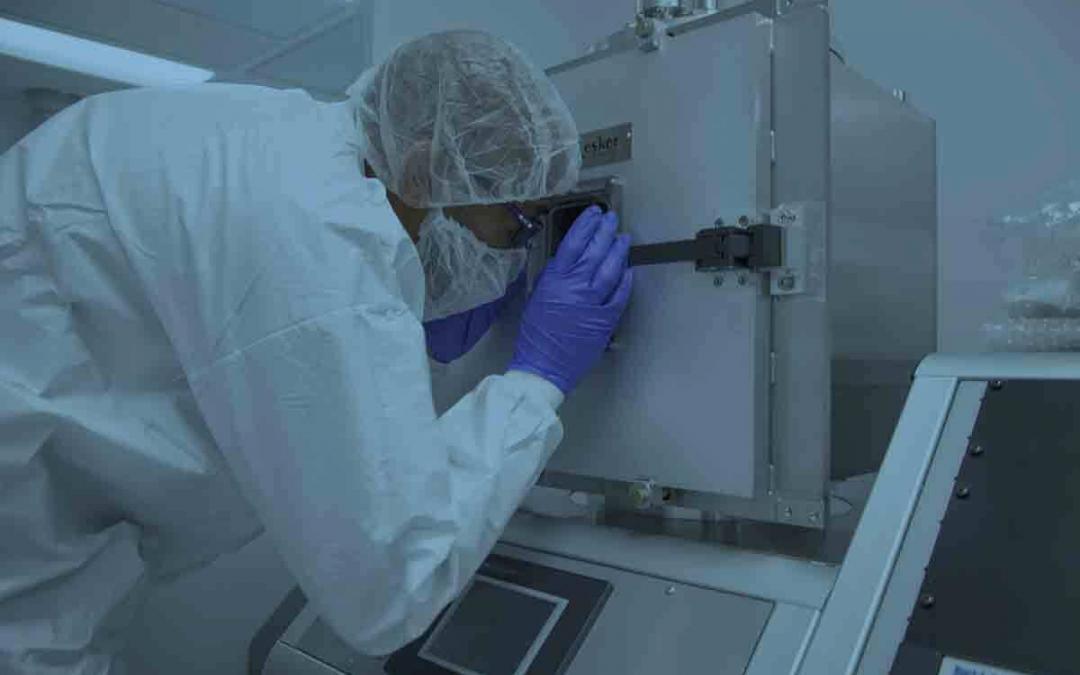
by Cleanroom Connect Editor
NYU Tandon Cleanroom for Advancing Technology – The NYU Tandon School of Engineering today will preview Brooklyn’s first NYU Tandon Cleanroom for Advancing Technology, where scientists and engineers from across greater New York will fabricate advanced materials and devices on the micro- and nano-scale in order to push the boundaries of established scientific principles and future technology. Such fabrication facilities are essential to experiments in nanotechnology, quantum computing, minute biosensors that could revolutionize medicine, ultra-fast electronics, hardware that is secure from hackers, and much more.
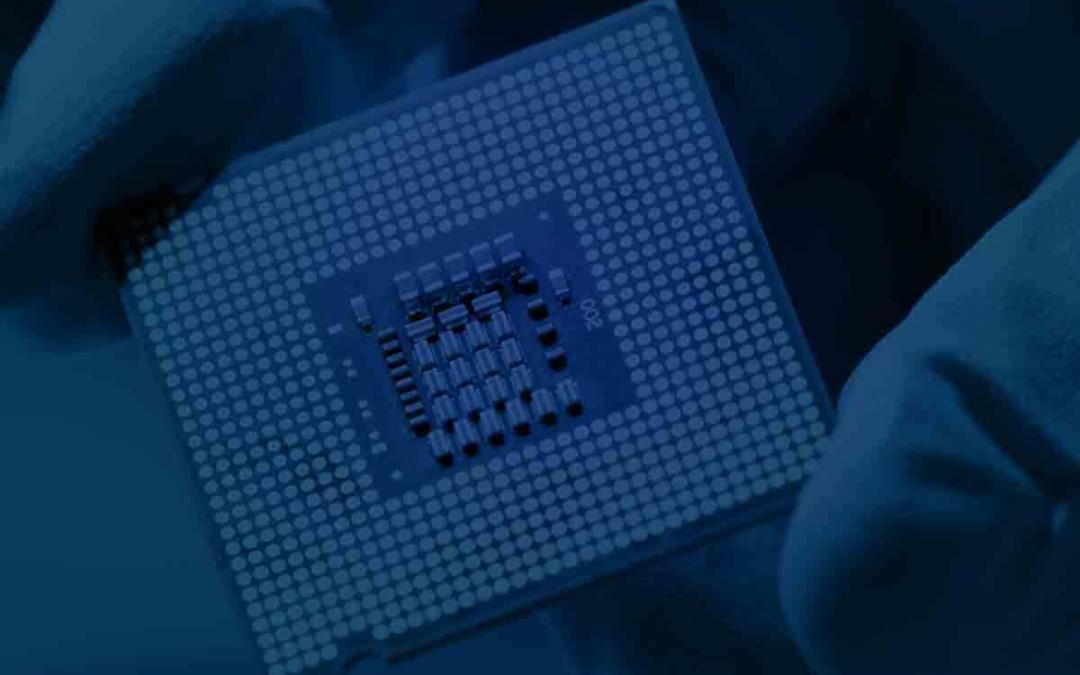
by ASU
The new ASU Nanotechnology Facility is open to students, faculty and staff researchers, as well as government, and industrial partners, the ASU Nanotechnology Facility offers a comprehensive set of tools to develop new micro and nanoscale devices, such as integrated circuits, nanophotonic and solid state devices, micro-electromechanical systems, and microfluidic systems, among others. The NanoFabrication Facility also offers students and researchers some of the most advanced instruments for fabrication and characterization of materials at the micro and nanoscales.
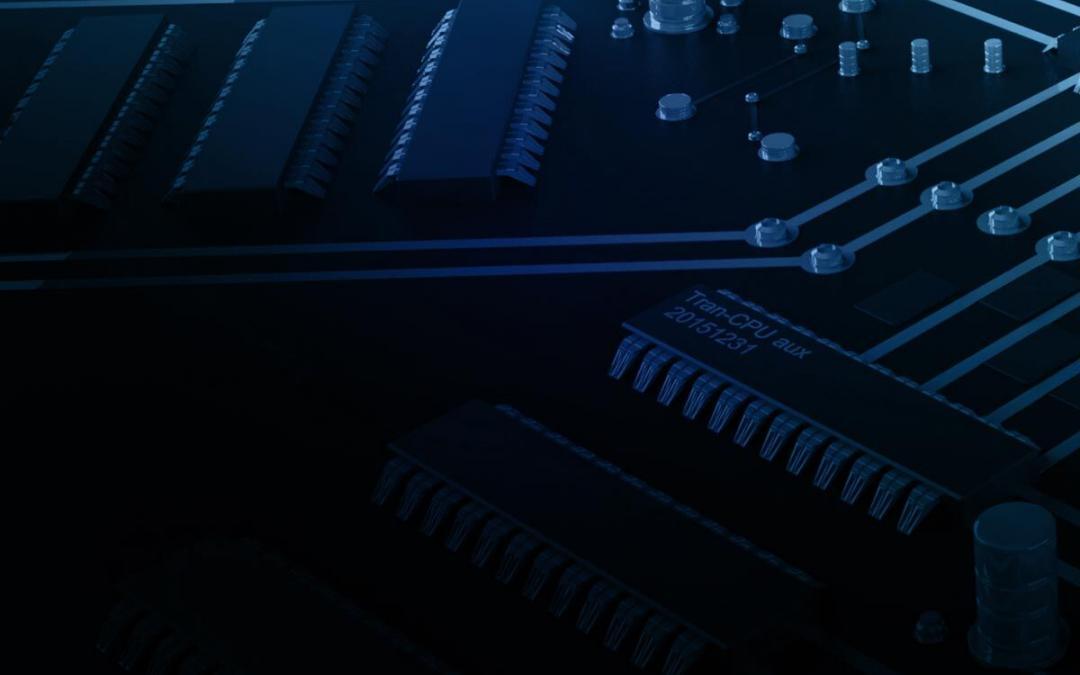
by Cleanroom Connect Editor
The new mobile 3D NAND flash products pack more storage cells into a smaller die area, and by utilizing Micron’s CMOS under Array (CuA), they deliver a best-in-class die size. Micron’s unique approach places all the flash memory layers on top of the logic array, maximizing the use of space in the smartphone design.

by Cleanroom Connect Editor
Oxide electronics materials boast a wide array of behaviors, including electronic, magnetic and superconducting, oxide electronics materials are poised to expand the way we think about the functions of traditional silicon-based electronic devices such as cell phones or computers.

by Cleanroom Connect Editor
The Pritzker Nanofabrication Facility is an ISO Class 5 cleanroom that specializes in advanced lithographic processing of hard and soft materials. The PNF is located in the new Eckhardt Research Center at the University of Chicago. We’re open to all properly trained users through a recharge arrangement.

by Rensselaer Polytechnic Institute
Extreme Light Trapping, a new nanomaterials technique bends light, pushing the limit of thin-film absorption in solar and water-splitting applications. Light trapping describes the process of confining light to a given space, usually with the intent of converting it to other forms of energy.
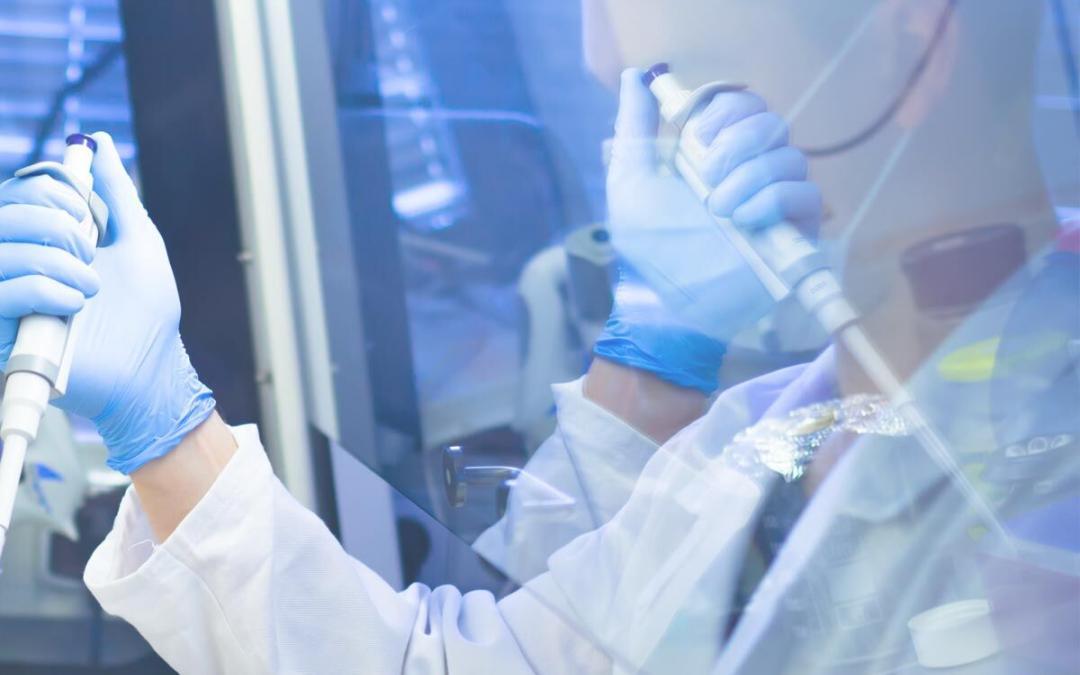
by Cleanroom Connect Editor
Nanoscience and nanotechnology are the study and application of extremely small things and can be used across all the other science fields, such as chemistry, biology, physics, materials science, and engineering. Nanotechnology in medicine involves applications of nanoparticles currently under development, as well as longer range research that involves the use of manufactured nano-robots to make repairs at the cellular level (sometimes referred to as nanomedicine).








